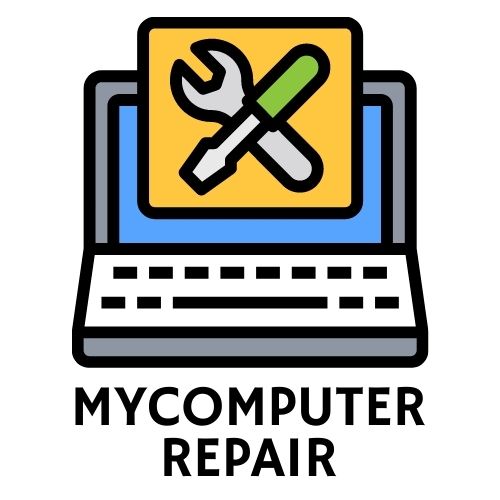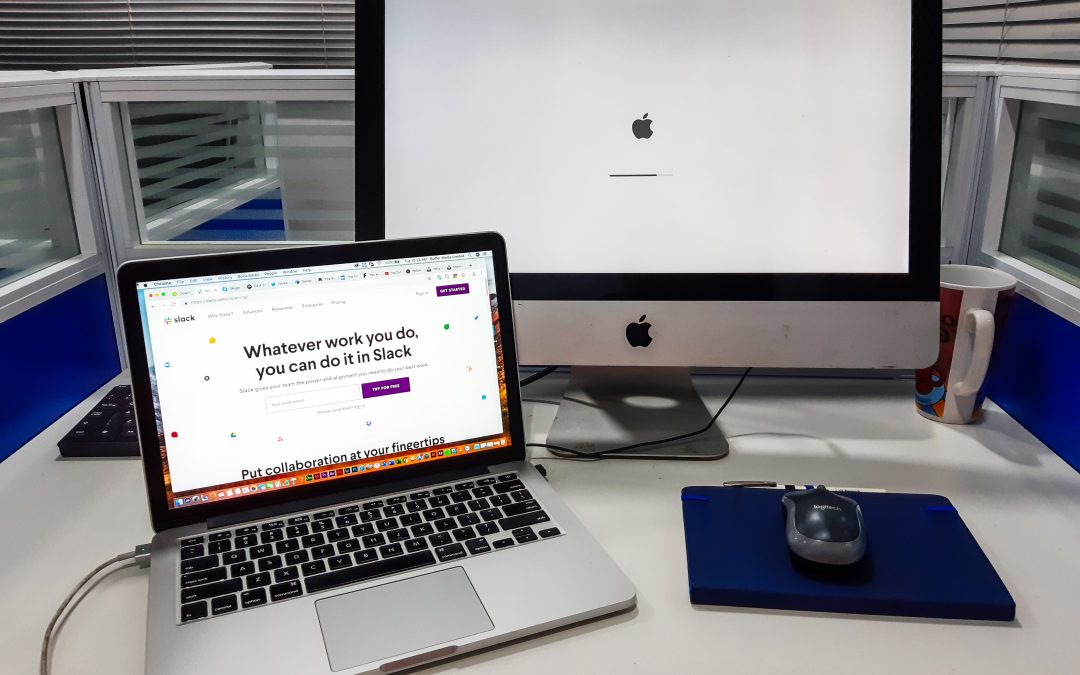The 6 tips to make your Mac faster is your anchor when your computer starts a snail-like performance. Has your once brand-new and fast Mac become sluggish? Do you see the spinning circle more frequently? Your Mac is probably struggling to keep up with its tasks. A slow computer can be a pain when you are in a hurry to meet deadlines at work or school. But, you can save yourself from the hassle if you know how to deal with this issue. For computer repair services in Malaysia, you can contact MyComputer Repair to get your personal computers (PCs), laptops, phones, iPads and devices repaired satisfactorily and efficiently.
Here are the six steps to make your Mac faster:
Tip 1: Clean it Up
Often, all your MacBook needs are data cleaning. Your hard disk has a large number of large files and folders. Photographs, backups, and old versions of programs you no longer use are examples. You will undoubtedly experience performance difficulties if you run out of disk space. The more packed its SSD grows, the slower it will run. The amount of free space on your hard drive affects the performance of your Mac.
Here’s how you can check the space of your MacBook’s Hard Disk:
- Click the Apple logo
- Select About This Mac
- Finally, choose the Storage tab
If your storage space is close to being bloated, click the Manage option to free up some space. macOS includes built-in protections that prevent files from getting fragmented. But, for these protections to function, at least 10% of your hard drive must be vacant.
Clear the Caches
Cache files are temporary files that are on your hard drive. For example, a web browser will cache web pages to download a website faster the next time you visit it. However, cache files consume a lot of storage space on your Mac over time. Instead of speeding things up, they slow things down. You may delete the cache by manually deleting them. You can also get rid of them by installing cache-clearing applications.
Tip 2: Use Activity Monitor to Detect Memory Hoarders
Some programs consume more power than others, which slows down your Mac. This leads them to take more on your system’s resources. Use Activity Monitor to identify which programs are hogging your system resources. You may access it from the Utilities folder in your Applications folder. This is where you can access all your Mac performance-related data. It displays information on five resources: CPU, Memory, Energy, Disk, and Network usage. Pay close attention to the CPU area if your Mac is running slowly. Also, check the Memory tabs to see which apps are consuming the most resources.
Tip 3: RAM Upgrade
RAM refers to your Mac’s short-term memory. Upgrading RAM is typically a good way to improve the performance of your Mac. But before that, check how much RAM your Mac has to determine how much of a difference it will make.
Here’s how to check your RAM:
- Click the Apple icon
- Choose About this Mac, then look for memory specs.
If it is always green, upgrading will not make much of a difference. It is worth it if it goes red. Your Mac determines how much RAM you add and how you add it. The more RAM your Mac has, the more windows or tabs you can open without slowing down your computer’s system.
How to Increase the RAM on Your Mac
What Model of Mac Do You Own?
Whether you have an iMac, a MacBook Pro, or another type of Mac, you need to identify your specific system. Select the Apple icon > Choose About this Mac > Check your System information.
Is There Room for More RAM?
It may not be what you want to hear, but it is possible that you will not be able to add extra RAM to your Mac even if you wanted to. You need to check your RAM situation first. On the About This Mac window, select More Info. Then the System window will appear. In the left column, select Memory. On the right, you will find specifics about your RAM modules or sticks. The slots into which the RAM is placed are referred to as “banks.” If you have an empty bank, you are lucky because increasing your Mac RAM is a lot easier.
How Much RAM Your Mac Can Support?
You can update your RAM by going to Apple Support’s Technical Specifications. Look for your specific Mac model. Once you have located your Mac, click it to see more details. You are seeking information that will tell you how much RAM your machine can handle. When you compare it to your Mac’s existing RAM (from Step 2), you will know if you can update your RAM.
Buying and Installing RAM For Your Mac
If you think buying new RAM is the only solution to your sluggish computer, you can go to a nearby Apple store. Adding more RAM to your Mac is not as difficult as it seems. As long as you have a screwdriver on hand, you can change your RAM. The only challenge is determining where the RAM is located, which could change between Mac models.
Tip 4: Check to See If Your Operating System is Up to Date
Make sure to update macOS and any programs on your Mac regularly. Having the most recent software from Apple makes it simple to speed up your Mac. The method for upgrading the software differs based on the version of macOS you are running.
Here’s how to find the version of the operating system you are running:
- Go to the Apple menu and choose About This Mac.
- Click System Preferences, then select Software Update.
- Wait for your Mac to check for updates, then install it if one is available.
Apple works on reducing features and resource use in the most recent versions. By this, it will speed up your MacBook, Mac Mini, or even Mac Pro. Always keep your operating system up to date and enable automatic updates. Upgrading to the most recent operating system can usually address slowness problems.
Tip 5: Upgrade from HDD to SSD
So you are wondering how to speed up your Mac, but have you considered hardware upgrades? You may restore your Mac by replacing its standard hard disk with a solid-state drive (SSD). A solid-state drive (SSD) can read and write data up to 10 times quicker than a traditional hard disk drive. Adding an SSD to your computer will help it boot quicker, and run very fast when multitasking. A decent SSD nowadays will have a capacity of 240-256 GB. You need to perform a clean installation of macOS on the new drive. Before performing any hardware upgrades, consult a professional because the procedure is difficult. Also, before replacing your HDD with an SSD, create a complete backup of your data.
Tip 6: Disable Visual or Graphic Effects
Visual and graphic effects may make your computer look more appealing, but they may make your Mac sluggish. Turning off visual effects is a good way to help you speed up your Mac.
Here’s how to speed up your Mac by disabling several visual effects:
- From the System Preferences menu, select Dock & Menu Bar
- Uncheck the following checked boxes: Animate the process of opening applications, Hide and display the Dock automatically
- Change the Genie effect to Scale effect by clicking on Minimise windows
Tip: Do not forget to restart your Mac now and then. Restarting the Mac clears up old logs. It also refreshes system applications and improves performance.
Knowing how to speed up your Mac using these simple ways can become handy. If you are still having trouble with a sluggish Mac, you can visit https://www.mycomputerrepair.com.my. We in MyComputer Repair Malaysia will help you put your computers, Mac, phones, and iPads at their best performance.


Recent Comments